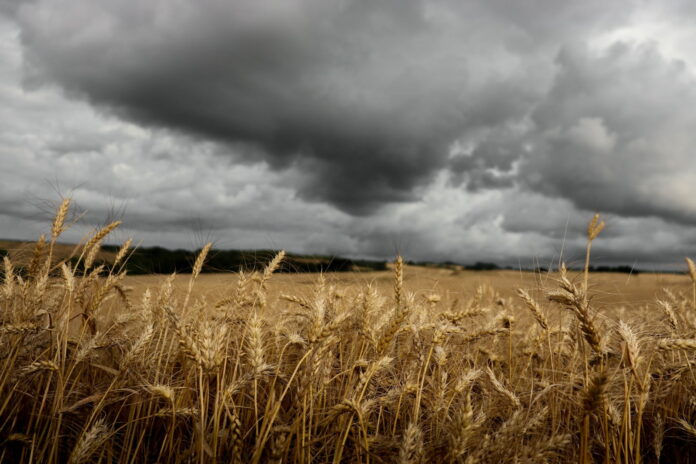In recent years, there has been a growing recognition of the importance of sustainable land use practices to ensure food security, maintain biodiversity, and combat climate change. Agroforestry, an integrated approach that combines agriculture and forestry to create more diverse, productive, and sustainable land-use systems, stands out as a promising path forward.
Embracing Agroforestry Benefits
Agroforestry is not merely a land-use strategy; it is a synergistic approach that enhances the overall ecosystem services provided by agricultural landscapes. By marrying the cultivation of crops with the stewardship of trees, agroforestry systems can significantly boost biodiversity. These systems provide habitats for a variety of flora and fauna, contributing to the conservation of species and the stability of ecosystems. Additionally, trees serve as carbon sinks, playing a pivotal role in mitigating climate change by sequestering carbon dioxide from the atmosphere. This carbon sequestration also enriches soil organic matter, which improves soil health and fertility.
Beyond environmental benefits, agroforestry offers economic advantages. Trees can provide farmers with a secondary source of income through the sale of timber, fruit, and other non-timber forest products. This diversification of income sources can be particularly valuable in times of market fluctuation or crop failure, enhancing the resilience of rural livelihoods. The presence of trees can reduce the need for chemical inputs, such as fertilizers and pesticides, by fostering natural pest control and nutrient cycling, leading to more sustainable and cost-effective farming practices.
Integrating Crops and Forestry
The integration of crops and forestry is a hallmark of agroforestry, but achieving a harmonious balance requires thoughtful planning and management. Key to this integration is the selection of appropriate tree species that complement agricultural crops without competing excessively for sunlight, water, or nutrients. Agroforestry systems can be tailored to various environments and agricultural goals, ranging from alley cropping, where trees and crops are grown in alternate rows, to silvopasture, which combines tree cultivation with livestock grazing.
The spatial arrangement and temporal sequencing of trees and crops are critical factors that determine the success of an agroforestry system. Farmers must consider the maturity rates of different species, as well as their root structures and canopy sizes, to optimize the use of space and resources. Intercropping, for example, involves growing crops between tree rows to maximize land productivity in the early years of a forestry project. As trees mature, they can provide shade and wind protection, enhancing the microclimate for the crops and potentially extending growing seasons. These deliberate design choices foster a supportive environment where both crops and trees can thrive, leading to sustainable production and increased land efficiency.
Agroforestry: Steps to Adoption
The transition to agroforestry requires careful consideration and a willingness to adapt traditional agricultural practices. The first step toward adoption is education and awareness; farmers and landowners must be informed about the benefits and techniques of agroforestry. Extension services and workshops can provide the necessary knowledge and skills to get started. Additionally, seeing successful agroforestry operations can inspire confidence and provide practical examples to emulate.
The next step involves planning and design tailored to the specific conditions of the land and the objectives of the landowner. This might include soil testing, climate analysis, and market research to determine the most suitable crops and tree species. Financial incentives, such as grants or payment for ecosystem services, can help offset the initial costs and encourage the adoption of agroforestry practices. Lastly, ongoing management and monitoring are crucial for addressing challenges and ensuring the long-term sustainability of agroforestry systems. This includes regular assessments of tree and crop health, soil fertility, and biodiversity indicators, as well as adjustments to management practices as needed.
Agroforestry emerges as a beacon of hope for sustainable land use, offering a plethora of environmental and economic benefits. By integrating crops and forestry, it creates a resilient agricultural system that can endure the challenges of a changing climate and fluctuating markets. However, the path to widespread adoption of agroforestry is paved with the need for education, planning, and support. With concerted efforts and a commitment to sustainable practices, agroforestry has the potential to revolutionize our approach to land management and pave the way for a more prosperous and environmentally conscious future in agriculture.
